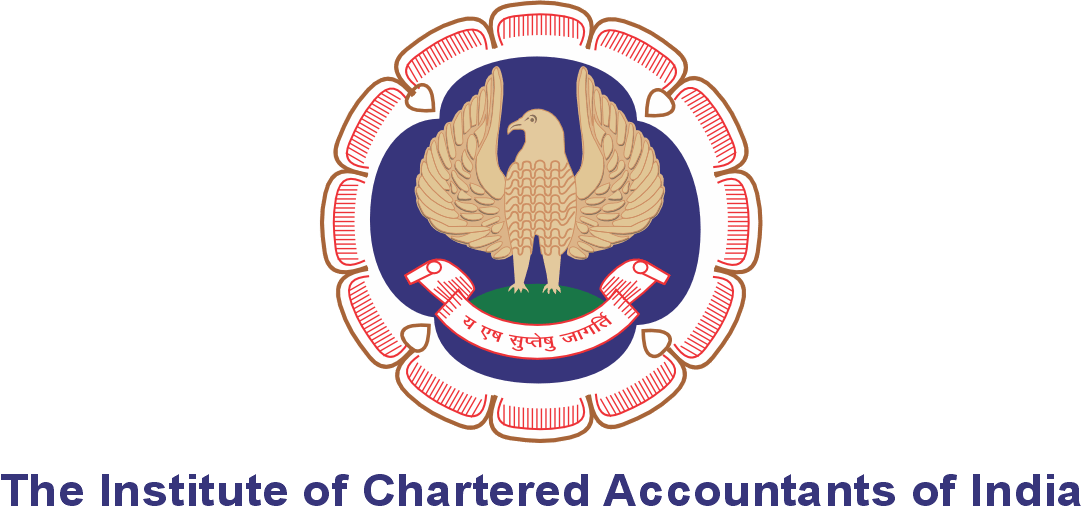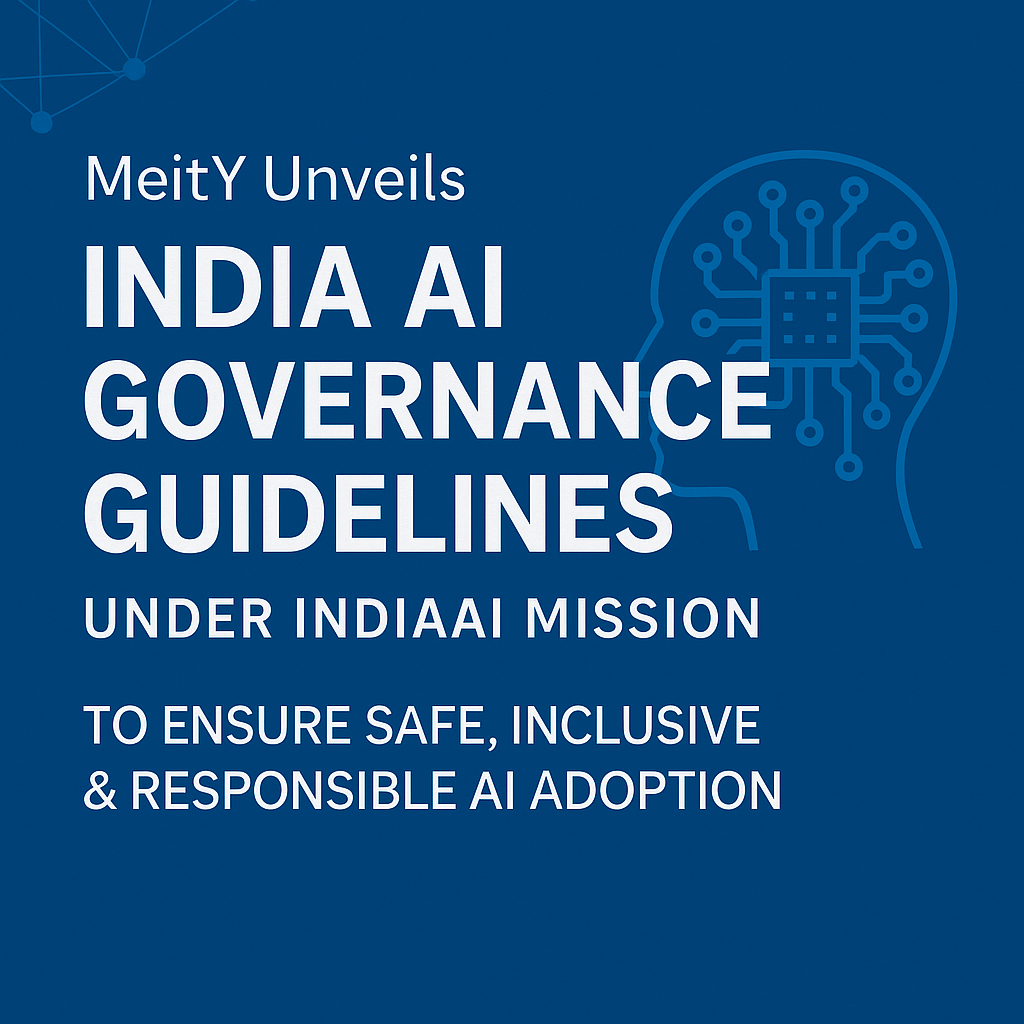1. Background & Strategic Context
India’s journey in artificial intelligence has accelerated under the IndiaAI Mission, which aims to unlock the transformative potential of AI across sectors while ensuring that innovation is safe, transparent and inclusive. Acknowledging risks such as bias, misuse, and unintended harm, the government constituted a high-level Advisory Group under the guidance of the Ajay Kumar Sood (Principal Scientific Adviser to the Government of India) to chart India’s AI governance roadmap.
On 6 January 2025 the sub-committee published its “Report on AI Governance Guidelines Development” for public consultation. The newly unveiled guidelines build on this consultative process and mark a key step ahead of the India–AI Impact Summit 2026, scheduled for 19-20 February 2026 in New Delhi.
2. Launch Event Highlights
The unveiling event featured Prof. Ajay Kumar Sood, Shri S. Krishnan (Secretary, MeitY), Shri Abhishek Singh (Additional Secretary, MeitY & CEO, IndiaAI), Ms. Kavita Bhatia (COO, IndiaAI Mission) and Prof. B. Ravindran (IIT Madras), among other senior officials.
“The guiding principle that defines the spirit of the framework is simple: ‘Do No Harm’. We focus on creating sandboxes for innovation and on ensuring risk mitigation within a flexible, adaptive system.” — Prof. Sood.
“At the heart of it all is human-centricity, ensuring AI serves humanity and benefits people’s lives while addressing potential harms.” — Shri S. Krishnan.
The event also recognised the winners of the IndiaAI Hackathon for Mineral Targeting, organised in collaboration with the Geological Survey of India (GSI). The top team—“CricSM AI”—won ₹10 lakh for using AI to map critical and strategic minerals. The second and third prize winners and a special prize were also awarded for their solutions in semi-supervised resource discovery.
3. Framework Outline: Principles, Pillars, Action Plan
Guiding Principles (Sutras)
The guidelines articulate core principles such as transparency, accountability, safety & robustness, fairness & non-discrimination, human-centred values (including “Do No Harm”), inclusive & sustainable innovation, and digital-by-design governance. Lukmaan IAS+1
Six Governance Pillars
While the full list is detailed in the guidelines, key focus areas include:
- Safe & trusted AI deployment
- Innovation sandboxing and validation
- Data access, quality and governance
- Skills, capacity building & inclusive access
- Sectoral regulation and coordination
- Monitoring, incident reporting and redressal mechanisms
Action Roadmap
The document maps short-, medium- and long-term timelines for actions: e.g., setting up sandboxes and incident-reporting frameworks in the near term; medium-term sectoral standards; and long-term embedding of governance mechanisms across the AI life-cycle.
Practical Guidance for Stakeholders
Developers, deployers, regulators and industry are provided template check-lists, governance best-practices, and guidelines around transparency, explainability, risk assessment, monitoring and redressal. This is intended to ensure accountability and trust in AI systems across sectors.
4. Implications for Innovation, Industry & Society
The new guidelines strike a balance: they are designed to enable innovation within a flexible, adaptive ecosystem (including sandboxes), while emphasising responsible adoption and risk mitigation. By using existing legislation wherever possible, they aim to avoid regulatory duplication.
For industry and startups, the signal is clear: India is committing to a predictable governance regime that supports AI development and deployment, including in critical sectors such as mining, infrastructure, healthcare, education and agriculture. At the same time, society stands to benefit from AI solutions developed in a transparent, inclusive way that safeguards rights and mitigates harms.
5. Positioning India Globally & Next Steps
The launch positions India as a thought-leader in global AI governance, especially among countries of the Global South. The upcoming India–AI Impact Summit 2026 will bring together policymakers, global experts, researchers and industry leaders to further drive the agenda. The IndiaAI Mission’s focus—on compute infrastructure, data platforms, application development, skills and safety—aligns with the governance framework and shows India’s ambition to lead responsibly in AI innovation.
Next steps include operationalising the guidelines: establishing governance mechanisms (such as an inter-ministerial coordination committee, technical secretariat and AI incident database), rolling out sandboxes and sectoral pilots, and monitoring deployment across sectors.
6. Final Thoughts
In an age where AI is evolving rapidly—bringing both transformative benefits and significant risks—the India AI Governance Guidelines signal a strategic pivot: from regulation simply as constraint, to governance as an enabler of safe, inclusive, human-centred innovation. With “Do No Harm” as its core, the framework aims to ensure that AI advances in India not just at pace, but with purpose. As the IndiaAI Mission continues to roll out compute, data, and application infrastructure, these guidelines will serve as the bedrock for a trustworthy AI ecosystem.
Source:ICAIGPT







